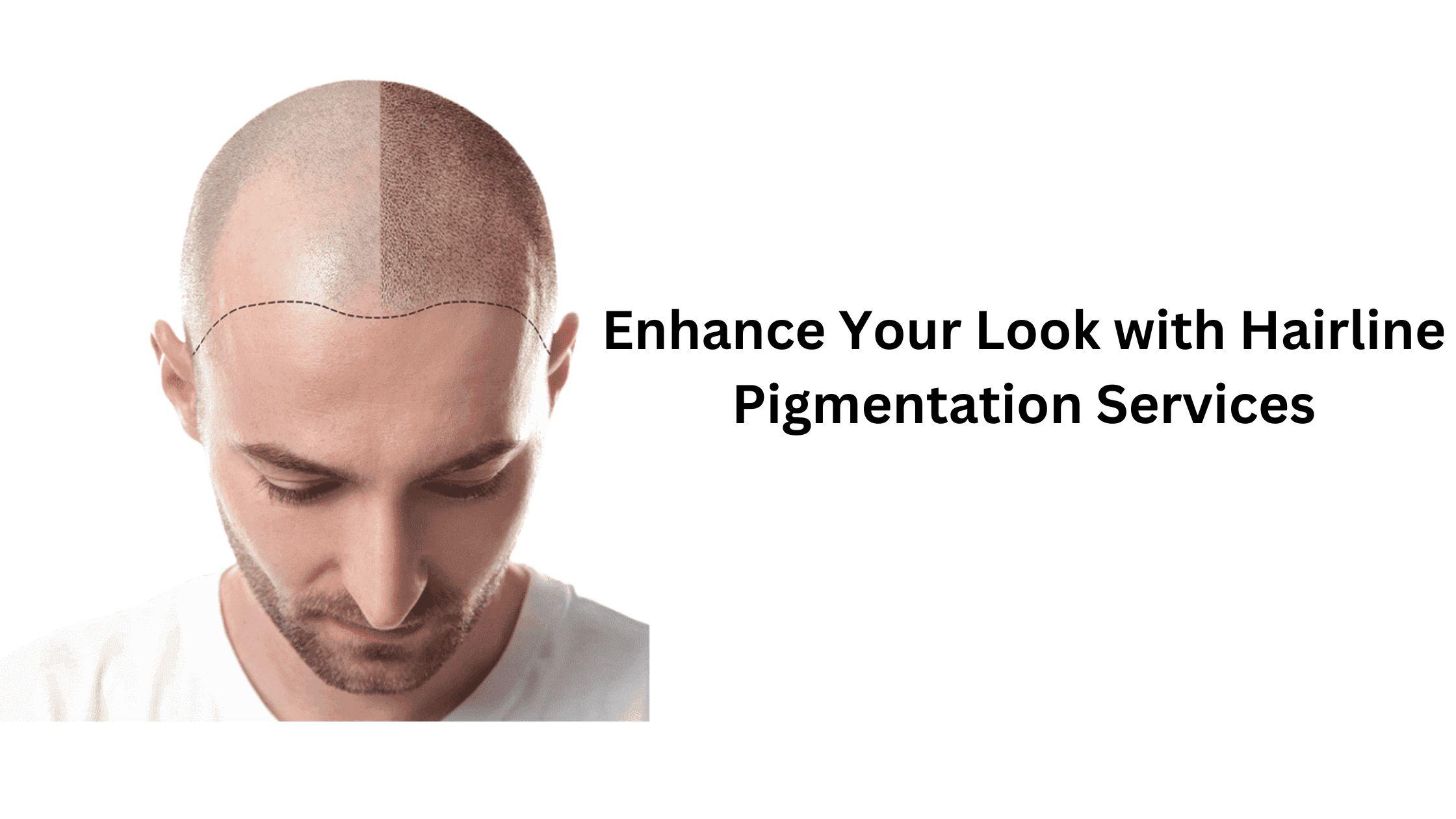Hair loss can impact self-confidence and self-image, mainly when it affects the hairline. Hairline pigmentation offers a cutting-edge solution to restore a natural-looking hairline and enhance overall appearance. This detailed guide explores the advantages, procedures, and FAQs surrounding hairline pigmentation, providing a clear understanding of this innovative cosmetic treatment.
Understanding Hairline Pigmentation
Hairline pigmentation is a specialized cosmetic procedure that uses micro-tattooing techniques to replicate the appearance of hair follicles along the hairline. Also known as scalp micropigmentation (SMP), this treatment suits both men and women experiencing hairline recession or thinning. By depositing tiny dots of pigment into the scalp, practitioners create the illusion of a fuller, well-defined hairline, restoring symmetry and confidence.
Benefits of Hairline Pigmentation
- Natural Appearance: One of the primary advantages of hairline pigmentation is its ability to deliver a natural-looking hairline. The pigments match the patient's natural hair color and skin tone, ensuring a flawless integration with their existing hair.
- Non-Invasive Procedure: Unlike surgical hair restoration methods, hairline pigmentation is non-invasive. No incisions or stitches are involved, reducing the risk of complications and minimizing recovery time.
- Immediate Results: Patients typically observe immediate results following their initial hairline pigmentation session. The procedure fills in thinning areas and creates a defined hairline, enhancing facial features and restoring a youthful appearance.
- Low Maintenance: Maintaining hairline pigmentation is straightforward and requires minimal upkeep. Individuals with active lifestyles find it a convenient choice as special shampoos or styling products are unnecessary.
- Versatility: Hairline pigmentation can be customized to meet individual preferences and hairline shapes. SMP can be tailored to achieve the desired outcome, whether you prefer a sharp, defined look or a softer, more natural appearance.
The Hairline Pigmentation Process
Consultation: The process starts with a consultation, during which the practitioner evaluates the patient's hair loss pattern, skin tone, and desired aesthetic outcomes. Using this information, the treatment plan is tailored to achieve natural-looking results.
Preparation: On the day of treatment, the scalp is cleansed, followed by applying a topical anesthetic to reduce discomfort. The practitioner then maps out the hairline design, considering facial symmetry and patient preferences.
Pigmentation Application: The practitioner meticulously deposits pigments into the scalp's upper dermal layer using specialized equipment and techniques. This process involves creating tiny, realistic follicle impressions that blend seamlessly with natural hair.
Aftercare: Proper aftercare is essential to promote optimal healing and pigment retention. Patients are advised to avoid sun exposure, excessive sweating, and abrasive hair products immediately after treatment. Detailed aftercare instructions ensure long-lasting and effective results.
Conclusion
Hairline pigmentation offers a transformative solution for individuals looking to restore their hairline and enhance their overall appearance. This sophisticated technique delivers natural-looking results with low upkeep, making it the preferred option for those seeking practical solutions to hair loss. We specialize in providing expert hairline pigmentation services tailored to each patient's needs. Whether you're concerned about receding hairlines, thinning hair, or seeking a fresh new look, our dedicated practitioners are dedicated to helping you achieve the confidence and youthful appearance you desire.
FAQs About Hairline Pigmentation
- How long does hairline pigmentation last?
Hairline pigmentation results typically last between 4 to 6 years, depending on factors such as sun exposure, skin type, and individual lifestyle. Regular touch-ups may be advised to uphold optimal outcomes over time.
- Is hairline pigmentation painful?
The majority of patients experience little to no discomfort throughout the procedure. Topical anesthetics ensure a comfortable experience; any mild soreness typically subsides within a few days post-treatment.
- Can hairline pigmentation be reversed or adjusted?
While hairline pigmentation is considered semi-permanent, it can be adjusted or enhanced. The pigments gradually fade, allowing for hairline shape or density modifications as needed.
- Who is a suitable candidate for hairline pigmentation?
Hairline pigmentation suits individuals experiencing hairline recession, thinning hair, or those seeking to define their hairline. It is suitable for all skin types and hair colors, offering versatile solutions to meet a wide range of patient needs.
- Are there any side effects or risks associated with hairline pigmentation?
Hairline pigmentation is generally safe when performed by a trained and experienced practitioner. Following aftercare guidelines minimizes risks and ensures optimal outcomes.


